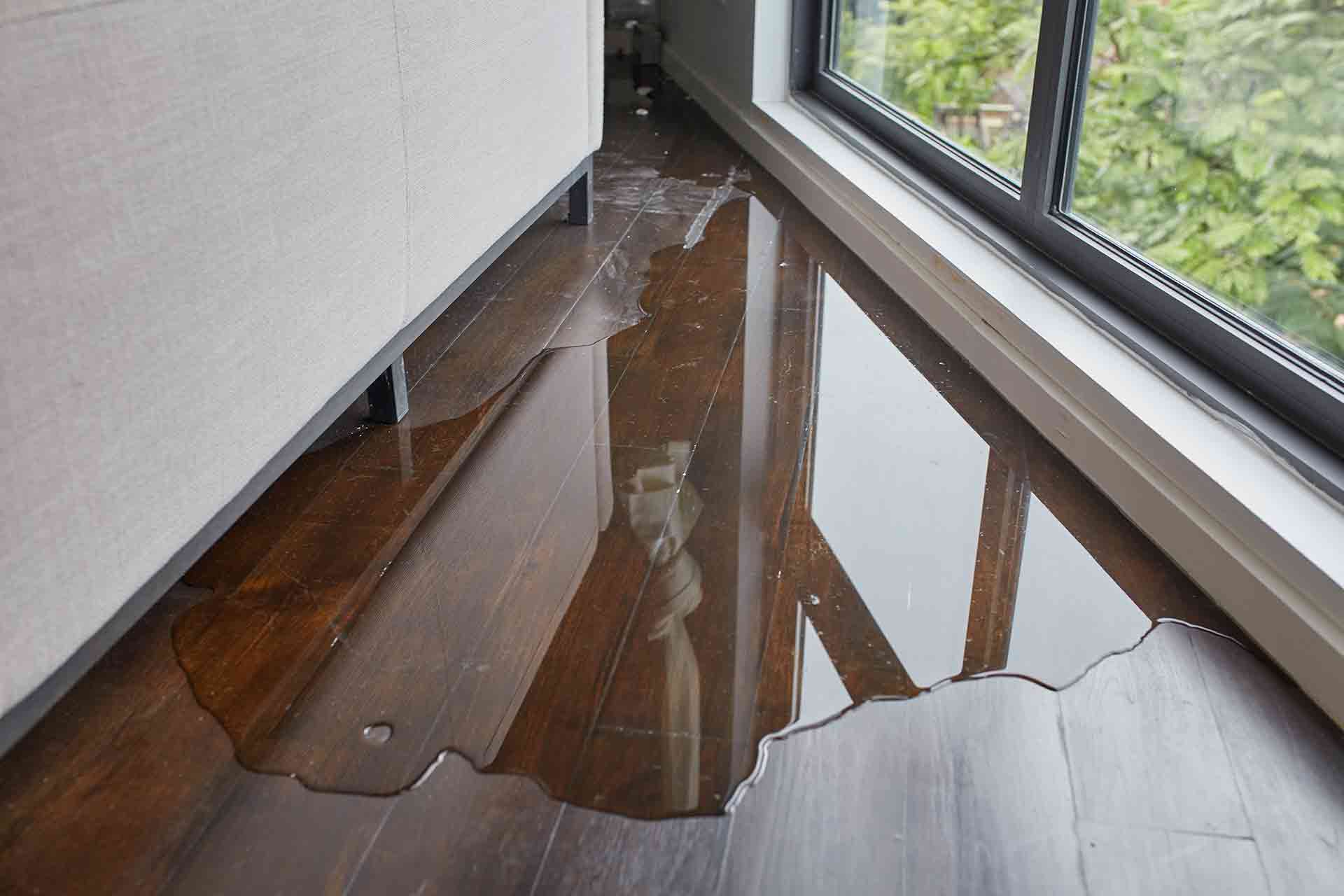Exactly how to Prevent a Water Damaged Bathroom
Exactly how to Prevent a Water Damaged Bathroom
Blog Article
The article author is making several good pointers on How to Prevent Bathroom Water Damage as a whole in this article followed below.

The washroom is exceptionally at risk for damp build-up and possible water damages as a result of the regular use of water in it. This short article provides simple examination strategies to assist discovering water damage hazards.
The constant use water in the shower room makes it incredibly vulnerable for wet buildup as well as potential water damage. By evaluating it on a regular basis, you can minimize water related problems.
The complying with set of inspections is simple to perform and also must be done once in every three months in order to maintain your shower room healthy and to prevent possible water problems triggered by the bathtub, the shower, pipeline joints and also plumbing, sinks, cupboards, and the toilet
Do not forget doing these evaluations and also be complete while doing them. Keep in mind that these straightforward assessments can save you a lot of cash by offering early signs for water damage
Bathtub and also Shower
The shower as well as bathtub call for special attention and also maintenance. Check the floor tiles as well as change if split. Ensure that there is no missing out on grout in between the ceramic tiles. Inspect and also replace cracked caulking at joints where the wall surfaces meet the flooring or the tub. Obstructed drains pipes and pipelines problems will certainly avoid the bath tub from drying out and might indicate significant problems under the tub. Seek advice from a professional quickly to avoid architectural damage. Take notice of discolorations or soft locations around the bathtub wall surfaces as they may suggest an internal leakage.
Plumbing
Signs for water damages are difficult to identify because the majority of pipes are mounted inside the walls.
Pay unique attention to flooring and also walls dampness and spots as they might indicate an undetectable plumbing trouble. Inspect dampness levels in adjoining areas also.
Sinks and also Cabinets
Sinks and closets are subjected to wetness as well as humidity everyday and also are frequently ignored. Inspect on a regular basis under the sink and on the counter top above it. Fix any kind of drip in the trap as it might suggest drain troubles. Take a look around the sink, sluggish draining pipelines may show a blocked drain. Change sink seals if they are cracked or loose.
The Commode
The toilet is a prone water joint. Check the water lines as well as look for leaks around the bathroom seat, in the tube, and under the water storage tank. If you discover any kind of indicators of moisture on the floor around the bathroom, look for leakages in the toilet edge and also tank seals.
Be aware that hanging bathroom bowl antiperspirants boosts the opportunities for obstructions.
TIPS TO PREVENT WATER DAMAGE IN THE BATHROOM
The average household uses approximately 80-100 gallons of water per person per day. For a family of 4, that's almost 2,500 gallons of water a week! The largest portion of this consumption comes from bathroom use. Flushing the toilet uses the most water, followed by taking a shower or bath. With that much water running through the home, water damage in the bathroom is bound to happen. Knowing how to spot signs of a water leak is essential to preventing long-term damage. This guide provides you with tips to reduce the impact of water damage on your bathroom.
CAUSES OF BATHROOM WATER DAMAGE
Pipe breaks are the most common cause of water damage we see in our daily jobs. The age of a pipe plays a large role in a pipe break as well as corrosion. Over time, the metal begins to break down, allowing water to escape. Frozen pipe breaks are also a concern in the winter months. Toilet overflows caused by paper products or children flushing inappropriate items. Degraded caulking around the toilet or bathtub can allow water seepage, sometimes behind the fixture, into the subfloor or walls. Condensation forms when the water in a pipe is cooler than the air temperature. Beads of water form on the exterior of the pipes, sometimes so much so that the water begins to drip and pool below. Sink or shower backups created by poor drainage. HOW TO PREVENT WATER DAMAGE IN YOUR BATHROOM
Inspect your toilet supply line for worn or frayed hoses and replace them as needed. Winterize your plumbing to prevent a frozen pipe break. Use vent fans to prevent condensation that can lead to mold growth. Routinely check and replace degraded caulking around your toilet or bathtub. Increase the temperature in your toilet tank and insulate your pipes during the warm summer months to keep condensation from forming. Use child safety locks on the toilets. Flush only toilet paper. "Flushable" wet wipes are actually not good for your plumbing system. Additionally, feminine hygiene products should not be flushed. Prevent water from escaping the tub or shower. Make sure shower curtains are in good condition. Inspect shower doors and replace the seal strip if necessary. Wipe up any water that accumulates on the floor and use bath mats. Water left to sit can cause damage to the tiles and flooring. Refrain from using bath products containing heavy oils to avoid a clogged drain.

Hopefully you enjoyed reading our section about How to Repair and Prevent Bathroom Water Damage. Thanks a lot for taking time to read our article post. If you appreciated our post if you please don't forget to share it. Thanks a lot for your time. Visit again soon.
Automated Marketing Report this page